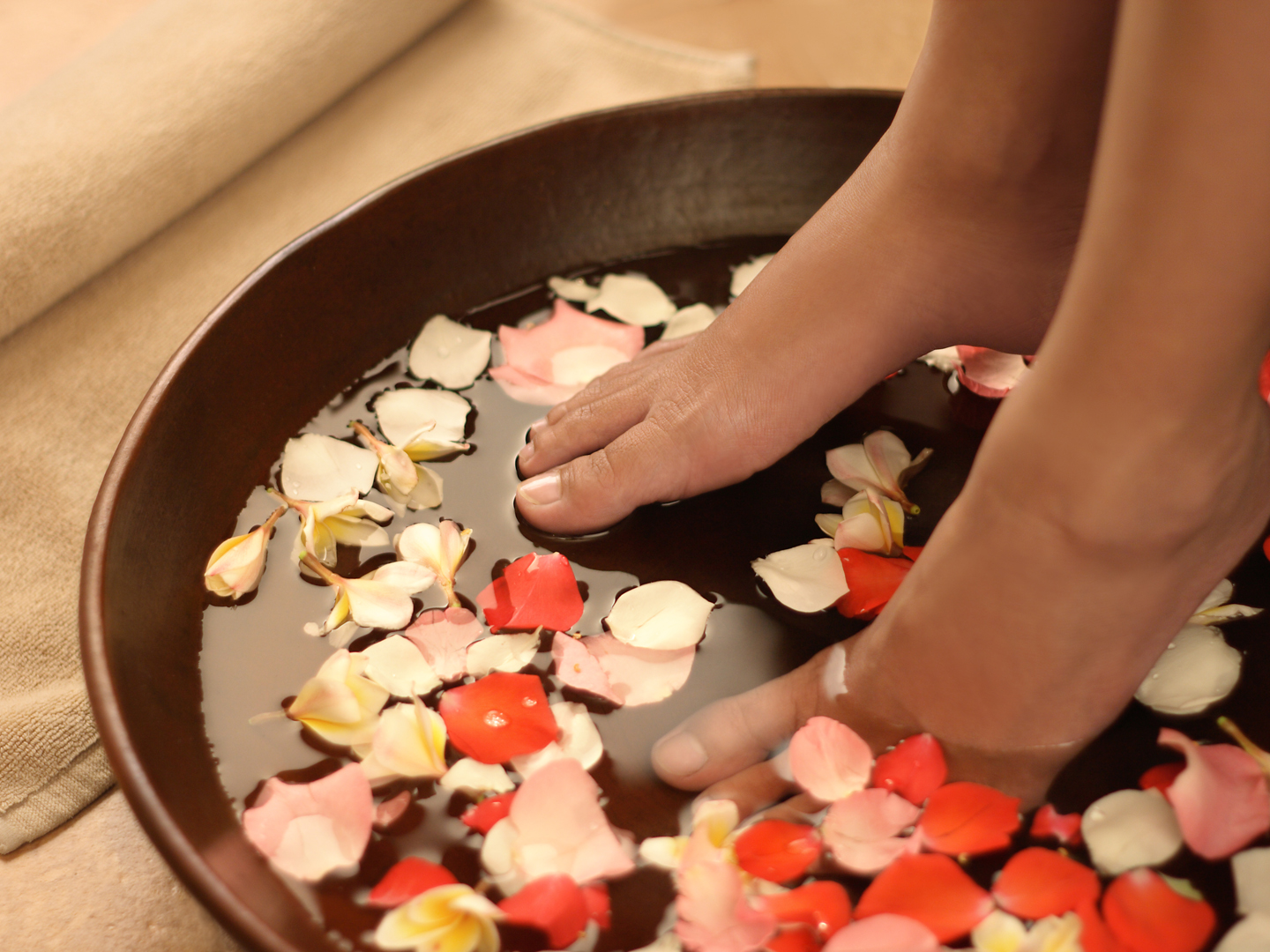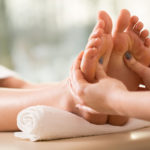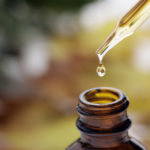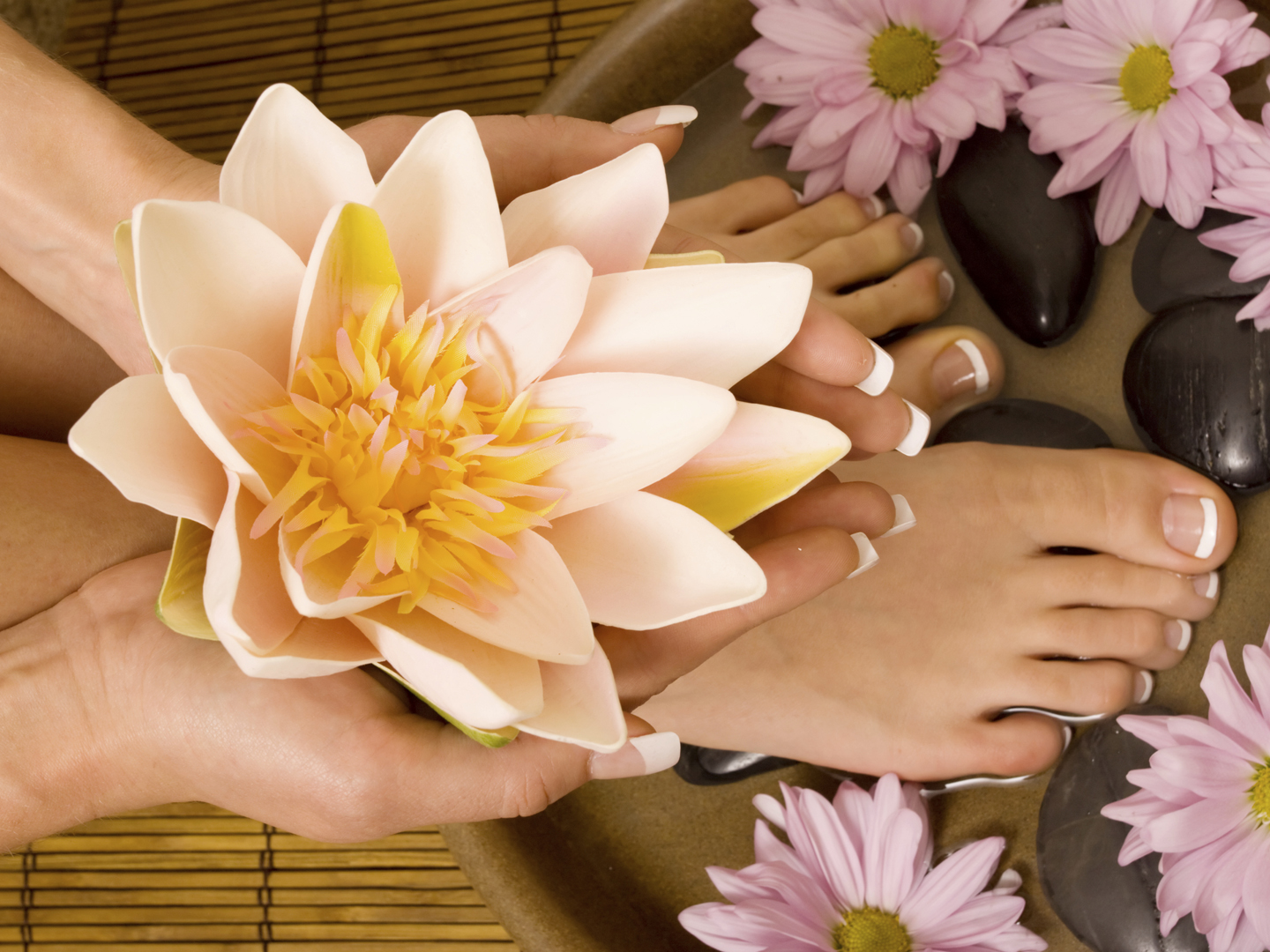Hobbled By Heel Spurs?
Is there any advice that you can give me about bone spurs on my heel?
Andrew Weil, M.D. | March 27, 2002
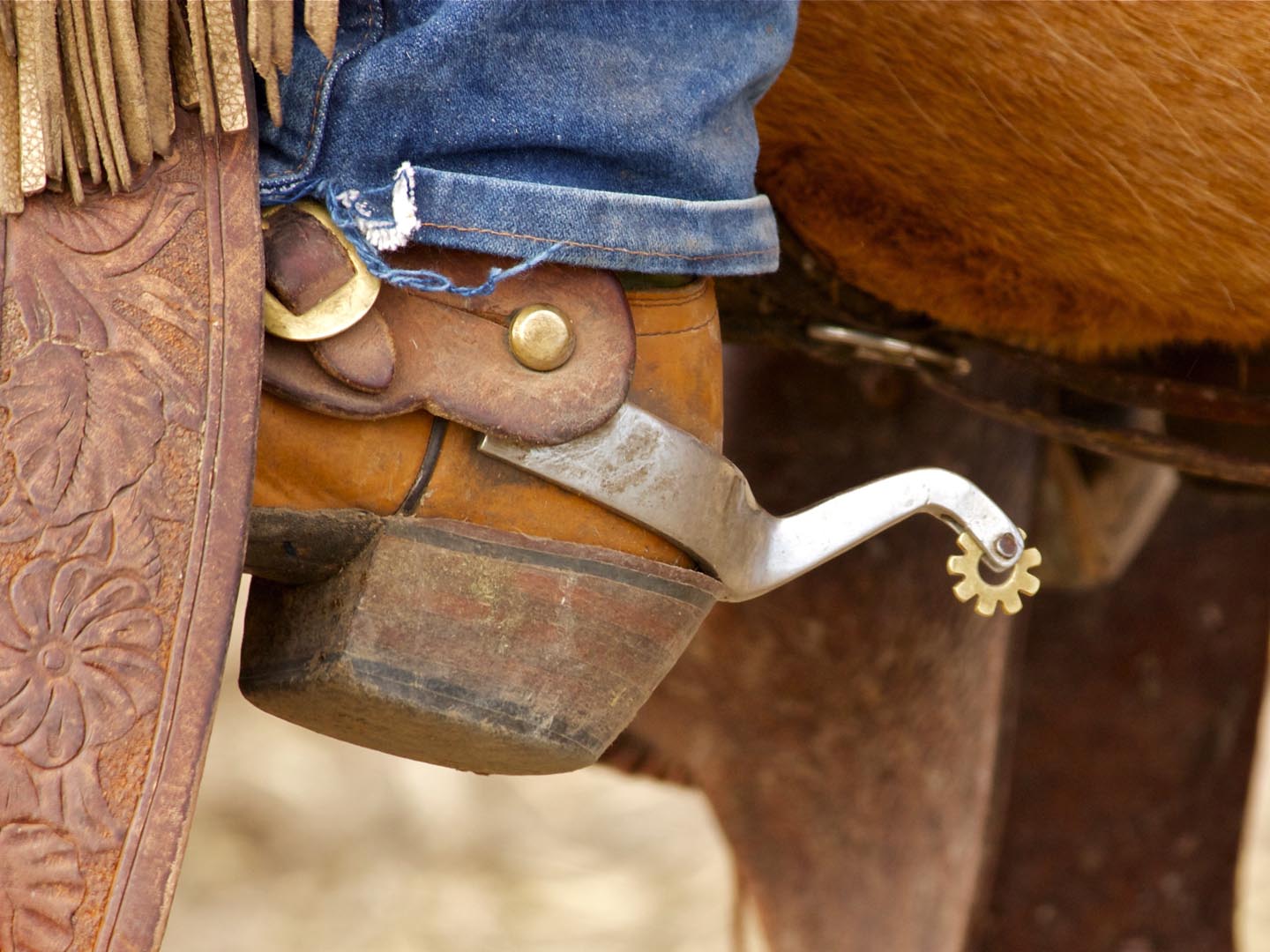
Bone spurs are small growths on the underside of the heel that can come from strain on foot muscles and ligaments, from stretching the band of tissue that connects the heel and the ball of the foot or by repeated tearing away of the membrane that lines the heel bone. The causes of these problems can range from running or jogging to improperly fitted or worn out shoes or obesity.
However, what you may think is the pain of a heel spur, even one that shows up on an x-ray, may actually be due to a related condition, plantar fasciitis, inflammation of the plantar fascia, a band of tissue that stretches along the bottom of the foot. This problem can develop when the tissue is stretched beyond the length it can extend to normally as a result of running or jumping and can be worsened by shoes that don’t give you proper support. Plantar fasciitis is most common among runners, volleyball and tennis players, people who do step aerobics or stair climbing for exercise, those with flat feet, pregnant women, the obese and diabetics.
Because heel spurs and plantar fasciitis are so closely related, they’re usually treated the same way. First of all, if you think your pain is exercise-related, take a break from what you’ve been doing. Over-the-counter anti-inflammatory drugs (aspirin, ibuprofen) can help temporarily, or if these medications cause you gastrointestinal problems, you can take a natural anti-inflammatory. Try one of the following: ginger (Zingiber officinale) standardized to 5-6% gingerols and 6% shogoals, take one to two 500 mg tablets three to four times daily; turmeric (Curcuma longa) standardized to 95% curcuminoids, take 400-600 mg three times a day; Boswellia (Boswellia serrata) standardized to 65% Boswellic acids, take 400-1200 mg three times per day. Applying ice to the painful area can help relieve the pain, and you can take the pressure off your heel with a donut-shaped heel cushion or a heel raise placed in your shoe. There are also special stretching exercises that help – your physician or podiatrist can give you instructions.
Acupuncture can also relieve the pain, as can – for some sufferers – magnetic shoe inserts. If all else fails, cortisone injections are a last resort. I wouldn’t consider surgery – it is rarely necessary and doesn’t always work. A final word of advice: in the future, be sure that you’re wearing well-fitting shoes, the proper shoes for each activity, and that you buy new ones as soon as you notice signs of wear.
Andrew Weil, M.D.






